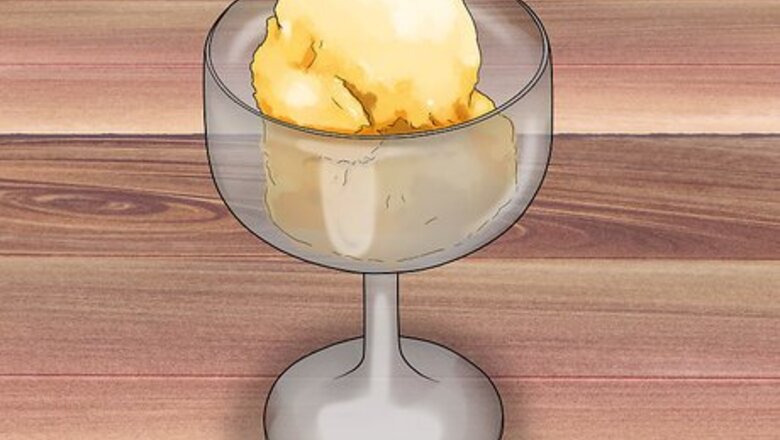
views
Minimizing Burns from Spicy Foods
Swish and gargle dairy products right away. Minimize mouth burns by cooling your mouth down quickly. Swish, rinse, and gargle milk or a dairy product, such as yogurt or sour cream, in your mouth for 5 to 10 minutes after you burn yourself. Milk-based products contain casein, which binds to capsaicin, which is the chemical that makes foods taste spicy.
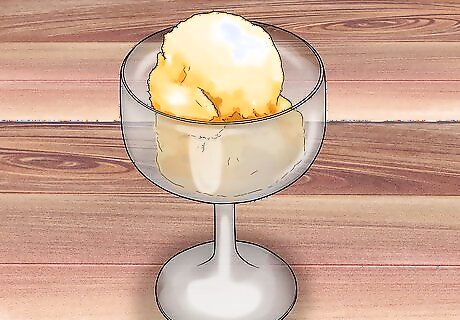
Eat a scoop of ice cream. If you have some available, eat a few spoonfuls – or a bowl! – of ice cream. The cold will soothe your burn. Kids may especially enjoy this option. Eating an ice pop or scoop of cold yogurt or drinking a glass of cold milk may also help improve the pain.
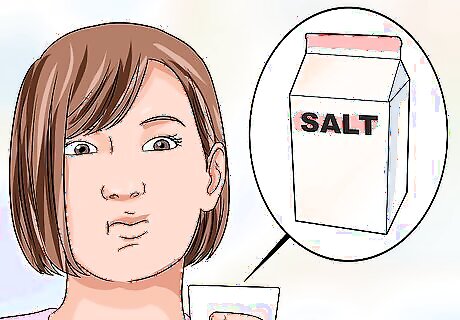
Rinse and gargle with salt water. Dissolve half a teaspoon of salt in a glass of warm (not hot!) water. Rinse your mouth and gargle with the salt water once your mouth cools down. Do not swallow the salt water.
Drink a glass of cold milk. Down a glass of cold milk if you burn the inside of your mouth. Milk will coat and protect the mucous membranes inside. The cold liquid will also soothe and cool your burning mouth.
Helping the Healing Process
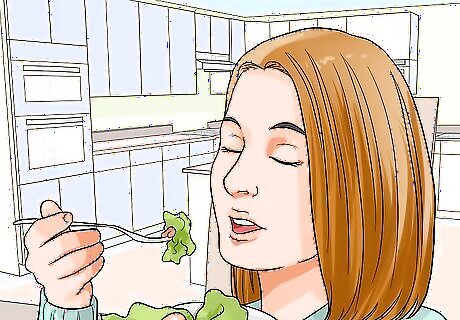
Eat soft, cool foods for a week. Left alone, your mouth should heal itself in a few days to about a week. Avoid further injury during that time. Don’t eat foods that have sharp edges, like potato chips or crispy apple slices, or are hard like hard cookies. Allow hot foods and beverages to cool to a warm temperature before you enjoy them.
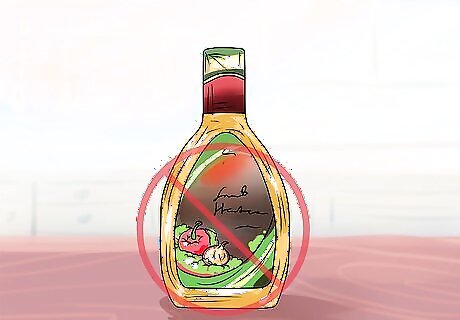
Keep your foods bland until your burn heals. Enjoy mildly seasoned foods, but stay away from spicy foods and foods flavored with citrus. These can irritate the sensitive skin in your mouth while your burn is healing.
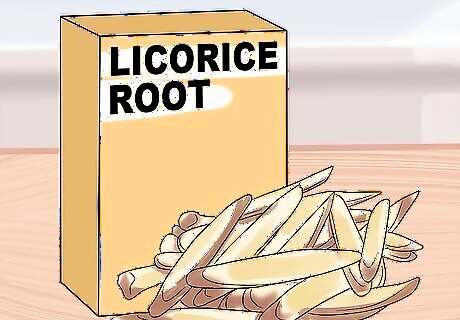
Use a licorice mixture. This is a home remedy that may help. Add 10 grams (0.35 oz) of dried licorice root to 100 milliliters of cold water (about 4/10 of a cup). Boil the mixture and let it sit to infuse for 15 minutes. Let it cool, then strain it. Use this as a mouthwash and gargle with it as often as you like while your burn heals. Licorice can help heal inflammation and sores, and can fight off some bacteria. Add honey to the mixture while it’s still warm to sweeten it. Alternately, try sucking on licorice tablets.
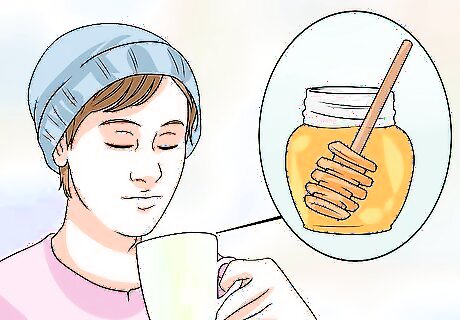
Consume honey. Eat a spoonful of honey a couple of times a day to help soothe pain and promote healing. If your burn is on your cheek or the roof of your mouth, try to press the honey to the hurt area with your tongue. Let the honey dissolve in your mouth.
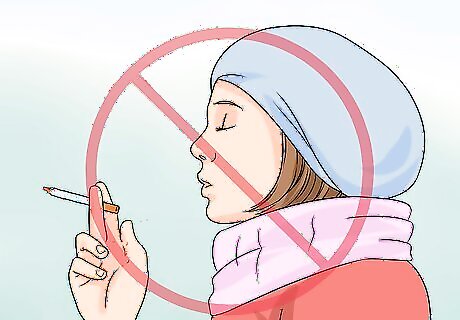
Stop using tobacco. Quit smoking – at least while your burn heals. Smoking cigarettes and using other nicotine products can slow healing time or even make the burn worse. Ideally, stop smoking altogether.
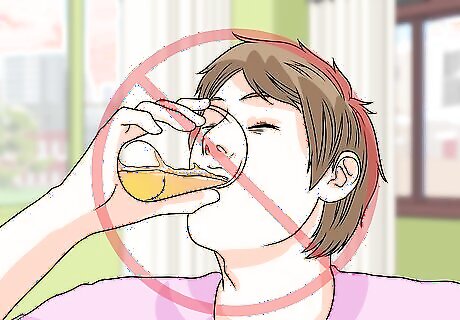
Avoid alcohol while your burn heals. Help speed up healing – stay away from alcoholic beverages. If you can’t stop, minimize how much alcohol you drink while your burn is healing. Talk to your doctor if you feel like you can’t stop drinking alcohol.
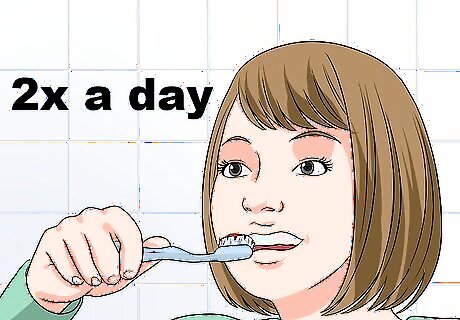
Brush your teeth twice a day. Maintain good oral hygiene while your burn heals. This promotes healing and helps you avoid infections. Brush your teeth twice a day as usual, in the morning and before bed. Go slowly and be careful not to scrape your burn. If you simply can’t use a toothbrush due to pain, put the toothpaste on your finger and use your finger for a toothbrush at least for a day or so until you can tolerate the brush.
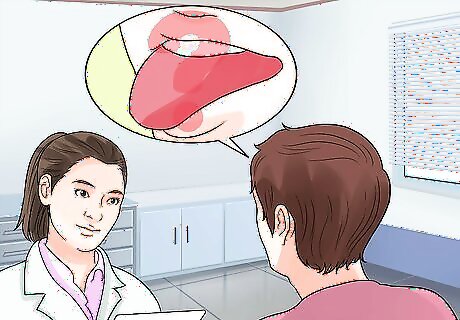
See a doctor if your burn doesn’t improve in a few days. After a few days, your mouth burn should feel better. If it hasn’t improved by that time, see your doctor. You may need medicine to help with pain and prevent infection.
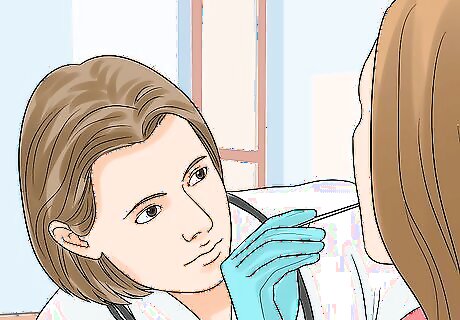
Seek medical care if you get a fever or can’t swallow. Mouth burns rarely cause serious health problems, but serious burns can get infected. See your doctor if you burn your mouth and then start to experience any of the following symptoms: Fever (a temperature of 100.4°F/38°C or higher) Drooling Difficulty swallowing Severe mouth pain
Alleviating Discomfort During Healing
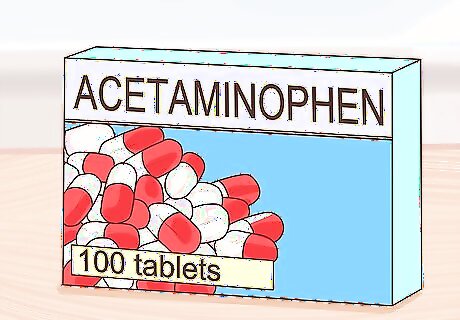
Take over-the-counter pain relievers. Take acetaminophen (Tylenol) as directed on the bottle for some pain relief. Ibuprofen (Advil) will also help, but don’t take it without talking to your doctor first if you have kidney or liver problems. Talk to your doctor or pharmacist about taking OTC medicine if you have any health conditions or medication allergies. Aspirin is appropriate for adults, but never give aspirin to children under age 12.
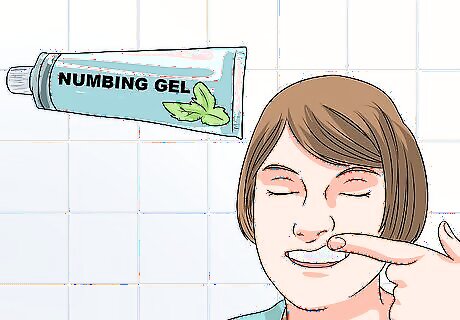
Apply a pain-relieving paste or gel. Check your local drug store or pharmacy for an oral pain-relieving product that contains benzocaine, which is a local anesthetic, like Orabase or Orajel. These are over-the-counter ointments and do not require a prescription. They contain benzocaine, a numbing product that you can use in your mouth for painful sores or burns. Apply it as directed on the label or by your pharmacist. Do not use this product on children under 2 years old. Before using it, ask your physician if you have any medical conditions or blood disorders that would be a risk.
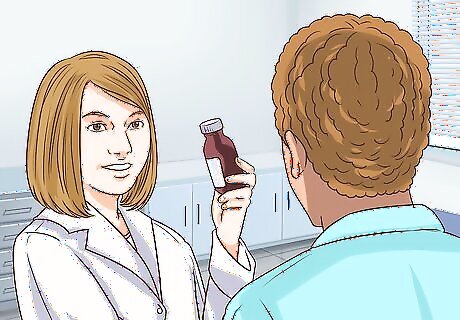
See your doctor for prescription medication. If your pain is severe or doesn’t improve with at-home remedies, ask your doctor about topical pain medications. Some medications used for canker sore pain might be appropriate for painful burns. However, some doctors won’t prescribe a numbing agent because a patient might eat and do more damage to their mouth without realizing it.












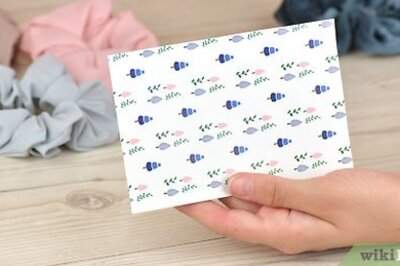


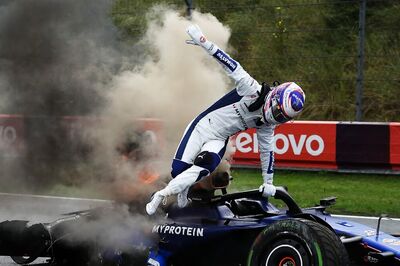
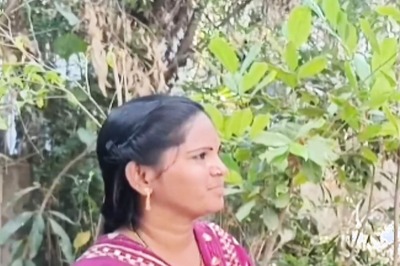

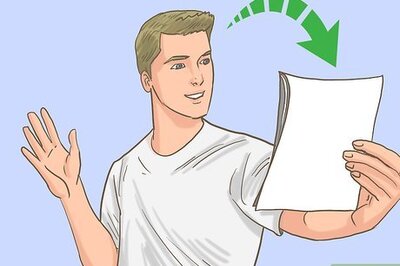

Comments
0 comment